HOW SHE BECAME MOTHERHOOD’S ICON
[Spoiler Alert: The payoff to this tale is at the very end. Please stick with it for the surprise conclusion.]
 Anna’s life was remarkable. Never in Holy Cow! History’s long and fabled existence have I shared a tale involving (in no particular order) bohemian artists, a Russian czar, a Confederate surgeon, a railroad found on the Monopoly board … oh, and one of the world’s most famous works of art, too.
Anna’s life was remarkable. Never in Holy Cow! History’s long and fabled existence have I shared a tale involving (in no particular order) bohemian artists, a Russian czar, a Confederate surgeon, a railroad found on the Monopoly board … oh, and one of the world’s most famous works of art, too.
Let me tell you how she wove all those diverse threads into a single amazing tapestry.
Anna’s story started in Wilmington, North Carolina, where she was born into a prominent family back in 1804. A charming southern belle, she married George at age 27.
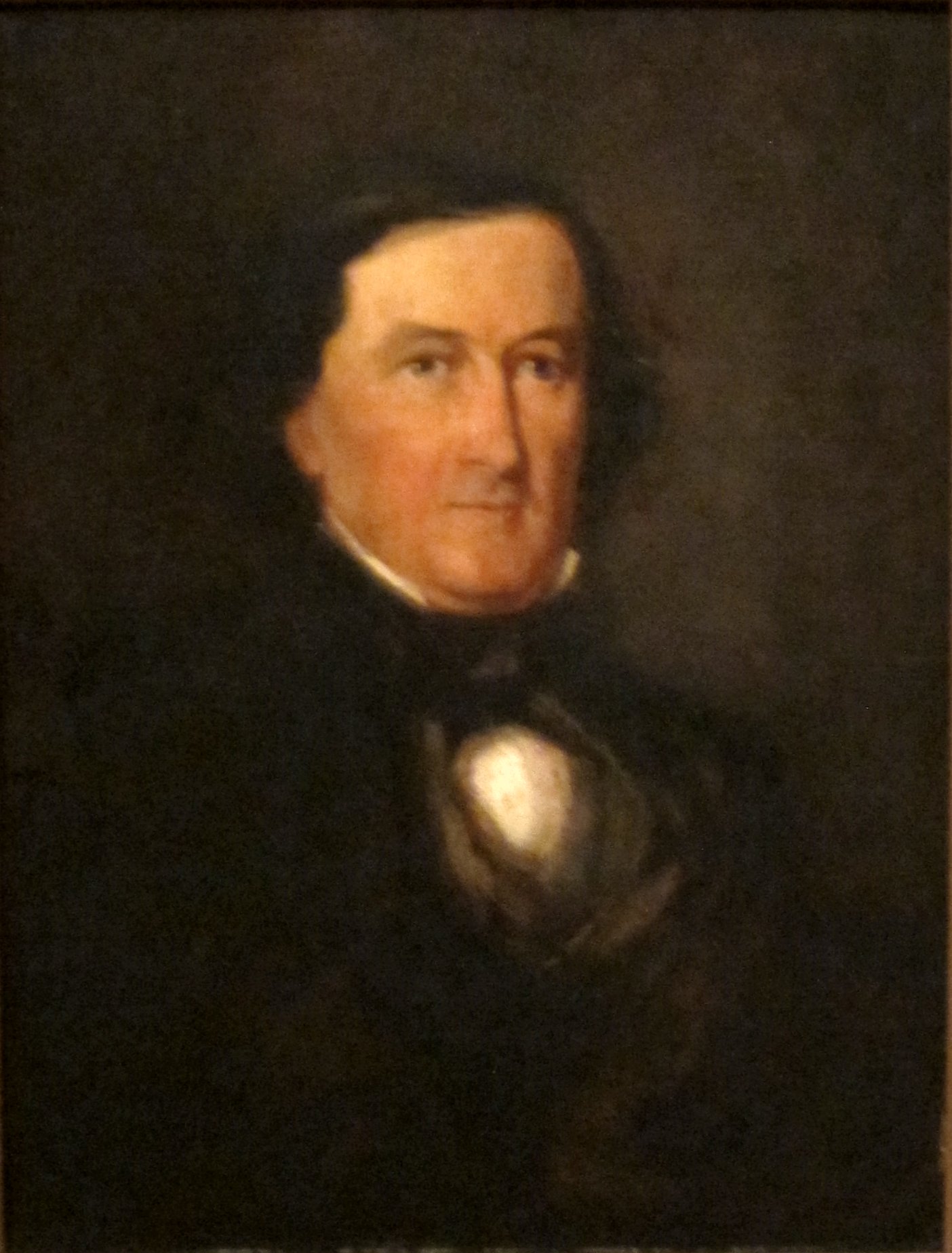 Her husband was a widower, a West Point graduate (who later taught for a year at the Academy) and a military engineer who rose to the rank of major. By the time he and Anna wed, another career was calling.
Her husband was a widower, a West Point graduate (who later taught for a year at the Academy) and a military engineer who rose to the rank of major. By the time he and Anna wed, another career was calling.
George turned his skills toward the brand new field of railroading. His timing was perfect. He spent 1828 in England studying cutting edge rail technology as it emerged.
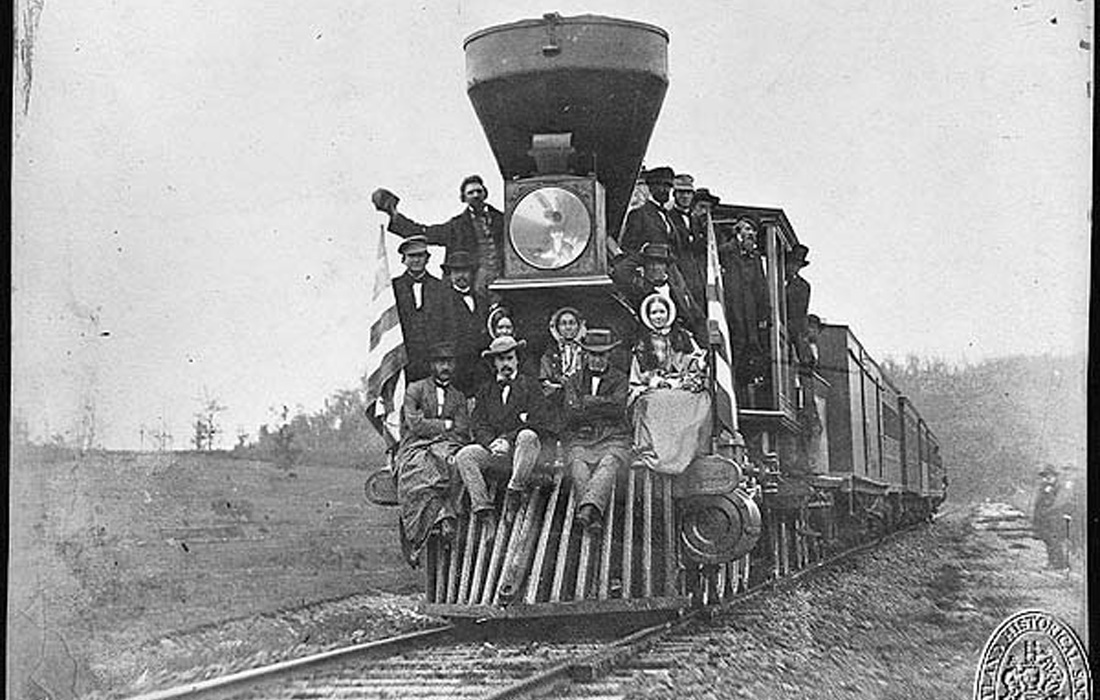 Returning home, George played a key role in planning and building railroads along the east coast. In fact, if you’ve ever played the board game Monopoly (and who hasn’t?) you know one of his greatest accomplishments – the Baltimore & Ohio Railroad. [Insider’s tip: always buy the railroads when playing Monopoly. They’re guaranteed money machines and helped me win many a late-night game in college. But I digress.]
Returning home, George played a key role in planning and building railroads along the east coast. In fact, if you’ve ever played the board game Monopoly (and who hasn’t?) you know one of his greatest accomplishments – the Baltimore & Ohio Railroad. [Insider’s tip: always buy the railroads when playing Monopoly. They’re guaranteed money machines and helped me win many a late-night game in college. But I digress.]
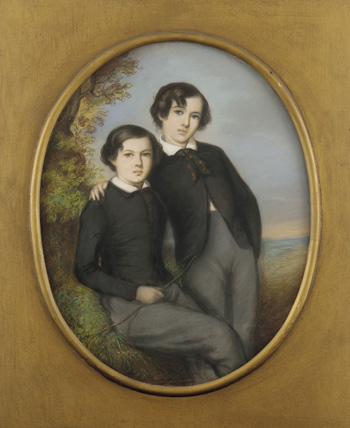 As railroads grew, Anna and George’s family did, too. Two sons survived childhood. James displayed remarkable artistic talent as soon as he could draw, which Anna enthusiastically encouraged. Brother William was more academic and was drawn to scientific interests.
As railroads grew, Anna and George’s family did, too. Two sons survived childhood. James displayed remarkable artistic talent as soon as he could draw, which Anna enthusiastically encouraged. Brother William was more academic and was drawn to scientific interests.
Word of George’s engineering ability spread far and wide, and in 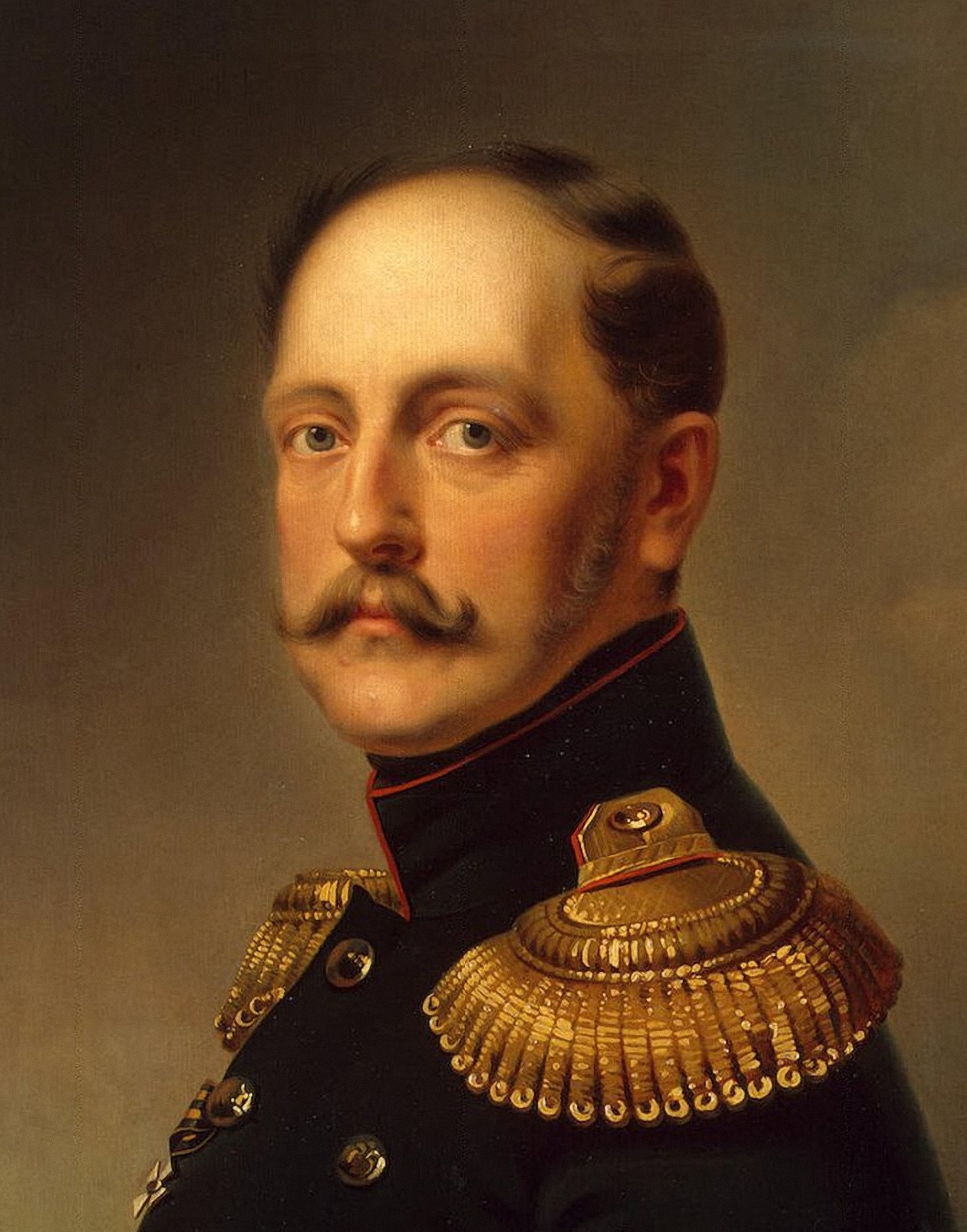 1842 Russian Czar Nicholas I personally offered him a seven year contract to help design and build the Moscow-Saint Petersburg Railway.
1842 Russian Czar Nicholas I personally offered him a seven year contract to help design and build the Moscow-Saint Petersburg Railway.
So Anna and George packed up their young family and moved halfway around the world.
 George threw himself into his new task. A +400 mile long railroad was a major undertaking in 1840s. George did such a good job, the rail line is still used today, more than 150 years later. (In fact, this author had the good fortune of taking the legendary Red Arrow overnight train on that very line in 1996. If you get the chance to make that trip, jump at it.)
George threw himself into his new task. A +400 mile long railroad was a major undertaking in 1840s. George did such a good job, the rail line is still used today, more than 150 years later. (In fact, this author had the good fortune of taking the legendary Red Arrow overnight train on that very line in 1996. If you get the chance to make that trip, jump at it.)
But before the massive project was finished, George contracted cholera and died suddenly in 1849. Anna and her boys returned to the United States.
 Time passed. Anna put down roots in Connecticut. James was admitted to West Point. But it wasn’t a good fit. Despite an indulgent attitude from his instructors (largely out of respect for his late father) things finally came to a head when James failed chemistry and commandant Robert E. Lee was forced to expel him. As James was fond of saying later in life, “If silicon had been a gas rather than a solid I’d be a major general today.” He became a painter instead and moved to Europe, frequently bouncing back and forth between the Paris and London art scenes.
Time passed. Anna put down roots in Connecticut. James was admitted to West Point. But it wasn’t a good fit. Despite an indulgent attitude from his instructors (largely out of respect for his late father) things finally came to a head when James failed chemistry and commandant Robert E. Lee was forced to expel him. As James was fond of saying later in life, “If silicon had been a gas rather than a solid I’d be a major general today.” He became a painter instead and moved to Europe, frequently bouncing back and forth between the Paris and London art scenes.
 William went to medical school, became a doctor and settled in South Carolina. When the Civil War erupted he served as an assistant surgeon in the 1st South Carolina Infantry fighting in Lee’s army.
William went to medical school, became a doctor and settled in South Carolina. When the Civil War erupted he served as an assistant surgeon in the 1st South Carolina Infantry fighting in Lee’s army.
As a southern woman in the north with a son in Confederate service, life wasn’t easy for Anna. Friends and relatives suggested she go overseas until things blew over. Anna hadn’t seen James in years and missed him terribly. So she hopped on a steamer and headed to England.
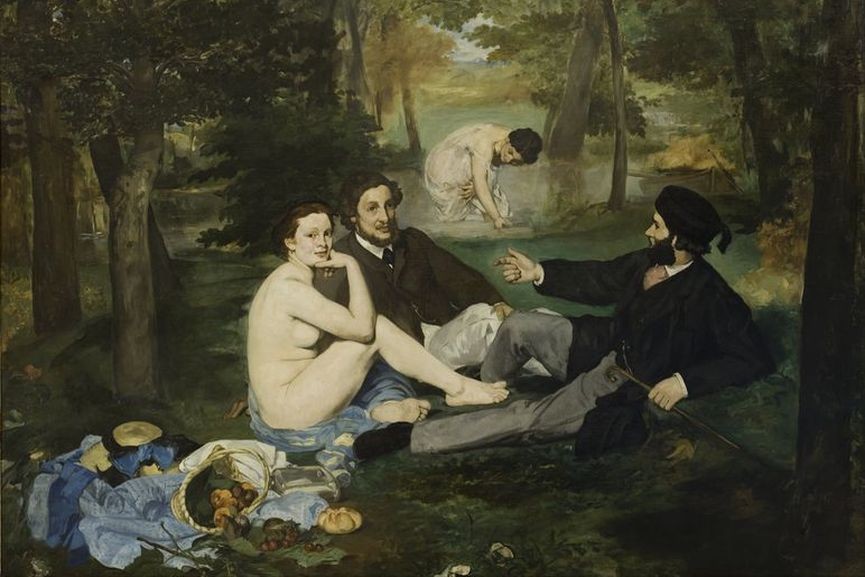 Arriving in London, imagine the genteel southern belle’s shock at finding James immersed in the art world’s bohemian lifestyle. Free thinking, free love, freely hitting the bottle and other stimulants, the bohemians engaged in a whole lot of everything except going to church.
Arriving in London, imagine the genteel southern belle’s shock at finding James immersed in the art world’s bohemian lifestyle. Free thinking, free love, freely hitting the bottle and other stimulants, the bohemians engaged in a whole lot of everything except going to church.
Anna overcame her horror, moved in with James and even brought a measure of discipline and respectability to his wildly disorganized life.
James was preparing to begin a new painting one day in 1871 when the model didn’t show up at his studio. In a pinch, he asked Anna if she would fill in. His mother agreed, and the result was …
That’s right, Anna was Anna McNeill Whistler. Her son was James McNeill Whistler. And you and I know the iconic image as Whistler’s Mother, although its formal title is Arrangement In Grey and Black No. 1.
And so the long, strange odyssey that began in North Carolina, stretched up and down the Atlantic seaboard and reached Russia finally culminated in a simple painting that paid tribute to moms everywhere. Ridiculed by some, beloved by many and known the world over, it remains on display in Paris’ Musee d’Orsay where tens of thousands of people see it every year.
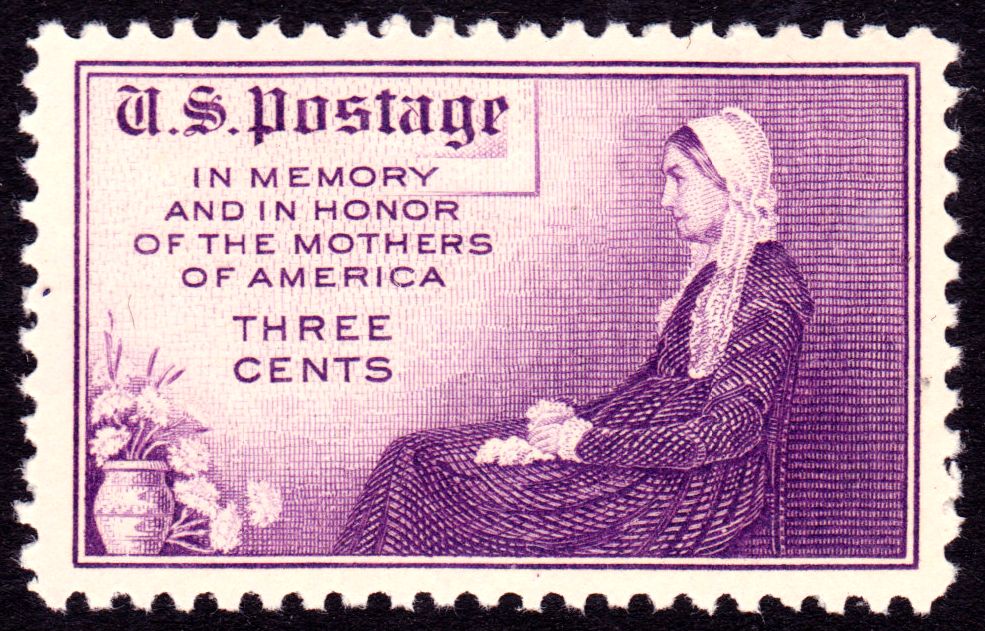 Paintings come and go. But this one stands the test of time in its simplicity as a silent reminder of a mother’s love, made possible by a mom who missed her son enough to travel across an ocean to see him.
Paintings come and go. But this one stands the test of time in its simplicity as a silent reminder of a mother’s love, made possible by a mom who missed her son enough to travel across an ocean to see him.
Did you find this enjoyable? Please continue to join me each week, and I invite you to read Tell it Like Tupper and share your review!
Curious about Tell It Like Tupper? Here’s a chance to see for yourself. Take a sneak peek at a couple chapters in this free downloadable excerpt.


